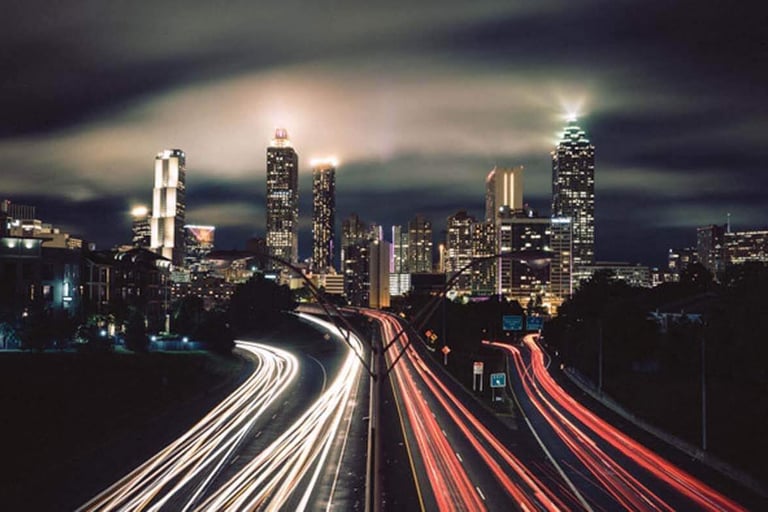Time Lapse


More Tips
Here are some essential tech tips for capturing high-quality time-lapse photography:
Camera Settings
Shoot in Manual Mode: Use manual settings for exposure, focus, white balance, and ISO to ensure consistency across all frames. This prevents flickering caused by automatic adjustments between shots.
Shoot in RAW Format: RAW files provide greater flexibility for post-processing, allowing you to adjust colors and details without losing quality.
Use Long Shutter Speeds: Aim for shutter speeds under 1/100th of a second to create motion blur, which smooths transitions between frames. In daylight, use a neutral density (ND) filter to reduce light intensity.
Equipment
Intervalometer: Use an intervalometer to automate the intervals between shots. Some cameras have built-in options; otherwise, external devices are available.
ND Filters: These are essential for achieving longer exposures during bright conditions.
Shooting Techniques
Choose Appropriate Intervals:
For fast-moving subjects (e.g., traffic), use shorter intervals (1-2 seconds).
For slow-moving scenes (e.g., clouds), use longer intervals (10-30 seconds).
Shoot Wider Than Needed: Compose with a wider field of view to allow cropping or panning effects during post-processing.
Avoid Short Exposures: Short exposures can result in a choppy "staccato effect." Slight motion blur enhances smoothness in playback.
Day-to-Night Transitions: Use aperture priority mode or specialized software like LRTimelapse to handle exposure changes smoothly.
Night Time-Lapse: Longer exposures at night minimize flickering and allow creative options like star trails or noise reduction through stacking.
Post-Processing
Edit Frames Individually: Process photos in software like Lightroom or Photoshop for color grading and exposure adjustments.
Create Videos Using Software: Stitch images into videos using tools such as Adobe Premiere Pro, Photoshop, or dedicated time-lapse software like LRTimelapse.
Planning and Creativity
Plan Your Shots: Scout locations and plan the timing based on lighting and subject movement.
Incorporate Movement: Add dynamic elements like panning, tilting, or zooming during shooting or in post-production to make the time-lapse more engaging.
These tips will help you create smooth and visually compelling time-lapse videos!